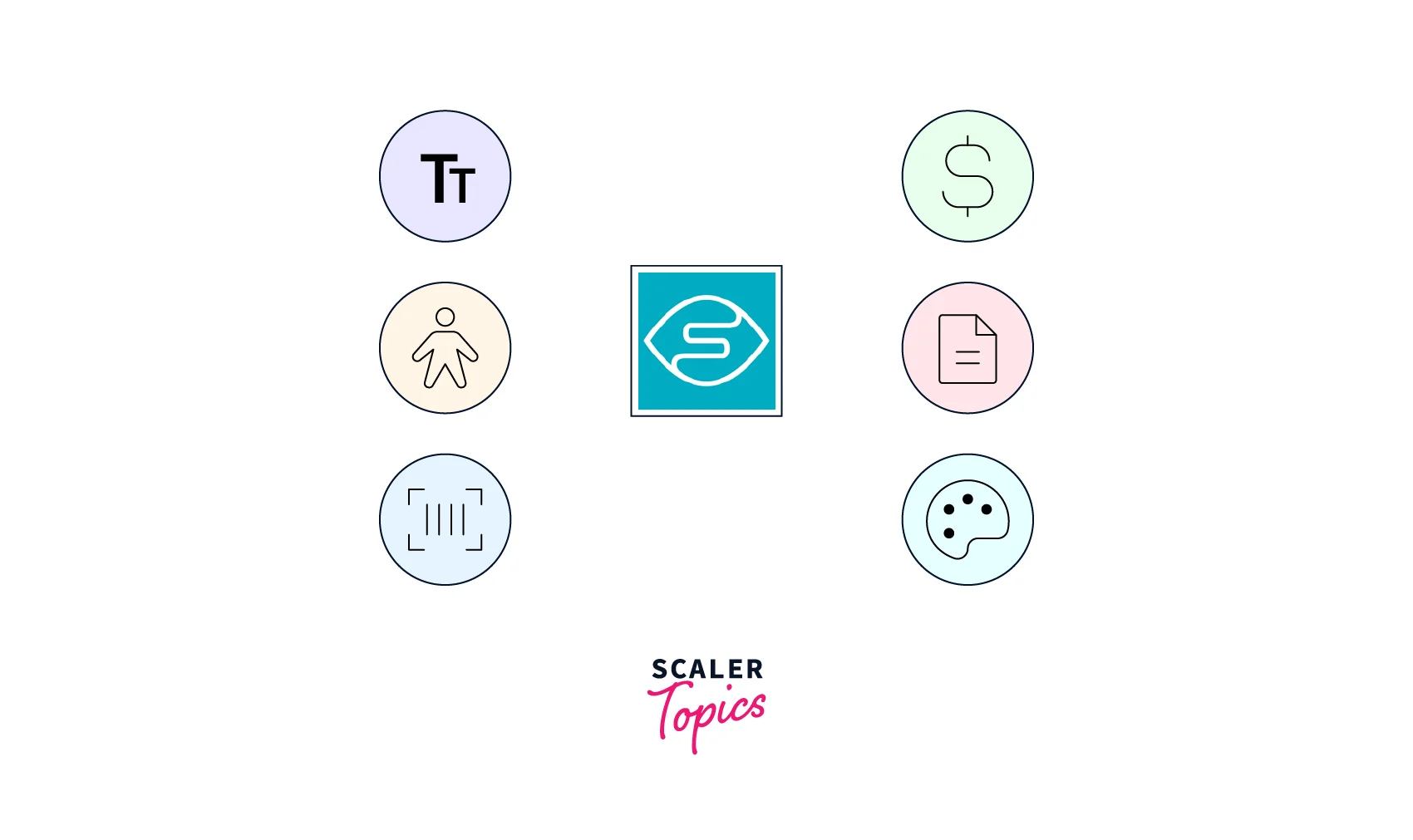AI for Accessibility
Overview
AI for Accessibility is a term used to describe the use of artificial intelligence (AI) technologies to improve accessibility for people with disabilities. AI technologies are revolutionizing the way we approach accessibility, making it easier for people with disabilities to access information, communicate with others, and participate in society.
AI for Accessibility is vast and includes a wide range of technologies, from voice recognition and natural language processing to computer vision and machine learning. These technologies are being used to develop innovative solutions for people with disabilities, including those with vision, hearing, mobility, and cognitive impairments.
Introduction
Accessibility is an essential aspect of modern society. It allows people with disabilities to participate fully in society, including accessing information, communicating with others, and engaging in social activities. However, despite significant progress in recent years, many people with disabilities still face significant barriers to accessibility.
Artificial intelligence (AI) is one technology that has the potential to revolutionize accessibility. AI technologies can be used to create innovative solutions that enable people with disabilities to participate more fully in society.
What is AI for Accessibility?
AI for Accessibility refers to the use of AI technologies to create innovative solutions for people with disabilities. These solutions can include everything from voice recognition and natural language processing to computer vision and machine learning. The goal of AI for Accessibility is to develop technologies that enable people with disabilities to access information, communicate with others, and participate in society on an equal basis with others.
How Innovations in Artificial Intelligence Will Change Accessibility?
Innovations in AI are transforming accessibility in many ways. For example, voice recognition and natural language processing technologies are making it easier for people with disabilities to communicate with others. These technologies can convert spoken words into text, which can then be displayed on a screen or read out loud by a computer.
Similarly, computer vision technologies are making it easier for people with vision impairments to navigate their environment. These technologies can analyze images and provide descriptions of what is happening in the image, enabling people with vision impairments to understand their surroundings better.
Machine learning is another area where innovations in AI are having a significant impact on accessibility. Machine learning algorithms can be trained to recognize patterns in data, making it possible to create personalized solutions for people with disabilities.
Benefits of Artificial Intelligence with Accessibility
The benefits of AI for Accessibility are numerous. By using AI technologies, it is possible to create innovative solutions that enable people with disabilities to participate fully in society. Some of the benefits of AI for Accessibility include:
- Improved communication: AI technologies, such as voice recognition and natural language processing, make it easier for people with disabilities to communicate with others.
- Greater independence: AI technologies can help people with disabilities to become more independent by enabling them to access information and perform tasks that would otherwise be difficult or impossible.
- Increased participation: By improving accessibility, AI technologies enable people with disabilities to participate more fully in society.
- Cost savings: AI technologies can reduce the cost of providing accessibility solutions by automating tasks and making them more efficient.
- Personalized solutions: AI technologies can be used to create personalized solutions for people with disabilities, enabling them to access information and perform tasks in a way that is tailored to their individual needs.
Applications of AI for Accessibility

There are numerous applications of AI for Accessibility. Here are some real-life examples of how AI is being used to improve accessibility for people with disabilities:
- Seeing AI: Seeing AI is an app developed by Microsoft that uses computer vision to help people with vision impairments navigate their environment. The app can read text, recognize people and objects, and describe the world around people with visual impairments.
- Google Live Transcribe: Google Live Transcribe is an app that uses natural language processing to transcribe speech in real time. The app is designed to help people with hearing impairments communicate more effectively.
- Smart Homes: Smart home technologies are using AI to make homes more accessible for people with disabilities. For example, voice-activated assistants like Amazon Alexa and Google Home can be used to control lights, temperature, and other devices, making it easier for people with mobility impairments to control their environment.
- Prosthetics: AI technologies are being used to develop more advanced prosthetics for people with mobility impairments. For example, researchers at MIT have developed a prosthetic limb that uses machine learning to predict the movements a person wants to make based on signals from their brain.
- Wheelchair Navigation: AI is being used to develop wheelchair navigation systems that can help people with mobility impairments navigate their environment more easily. These systems use computer vision and machine learning to analyze the environment and provide directions to the user.
- Cognitive Assistants: AI technologies can be used to develop cognitive assistants that can help people with cognitive impairments perform everyday tasks. For example, the Braina app uses natural language processing to respond to voice commands and perform tasks like setting reminders or making phone calls.
Conclusion
- AI for Accessibility refers to the use of AI technologies to create innovative solutions for people with disabilities.
- Innovations in AI are transforming accessibility by improving communication, increasing independence, and enabling greater participation.
- The benefits of AI for Accessibility include improved communication, greater independence, increased participation, cost savings, and personalized solutions.
- Real-life examples of AI for Accessibility include Seeing AI, Google Live Transcribe, smart homes, advanced prosthetics, wheelchair navigation, and cognitive assistants.
